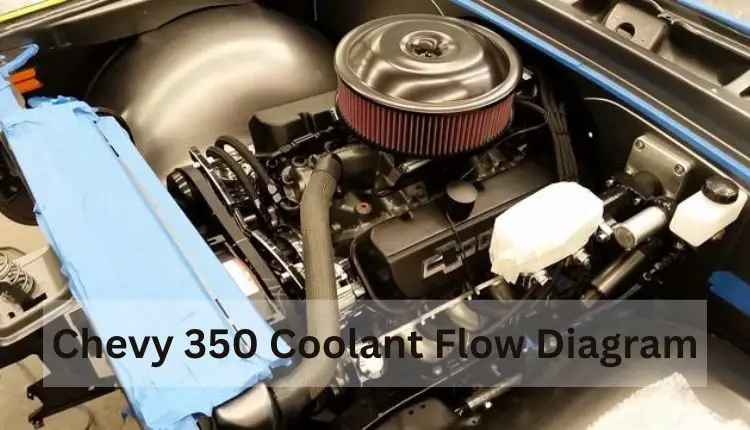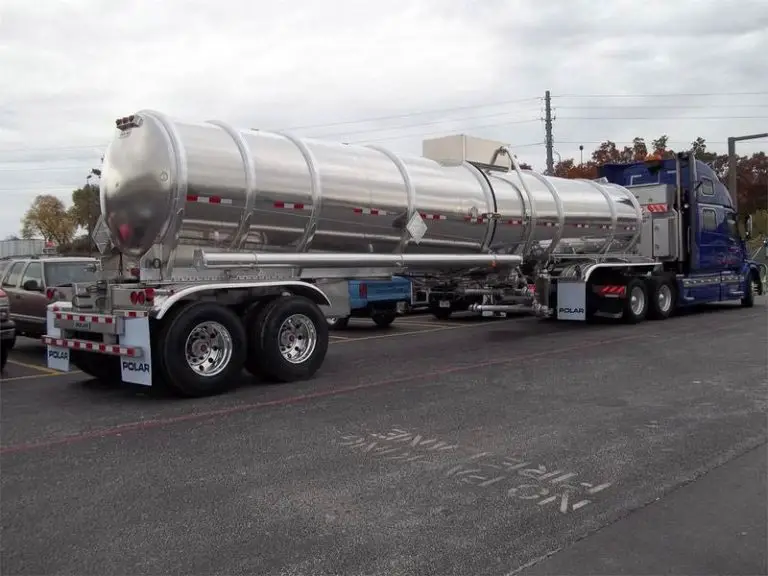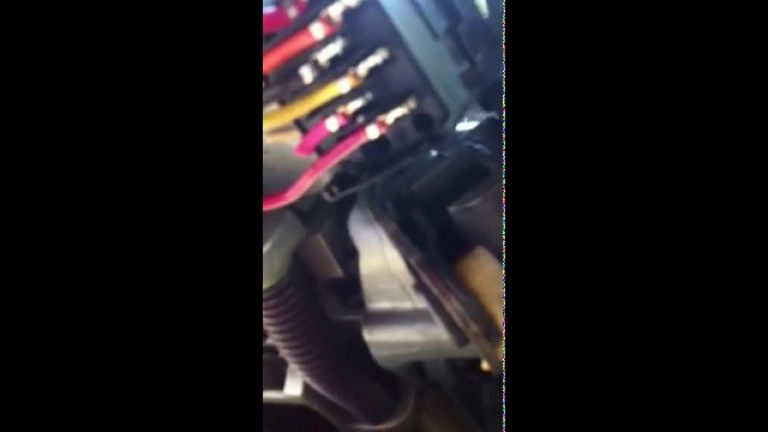How To Measure Lift On A Truck
Measuring lift on a truck involves determining the height difference between the truck’s front and rear axles. This is typically done with a tape measure or leveling tool.
Lift measurement on a truck determines the height difference between the front and rear axles. Measuring the lift on a truck is important for ensuring proper weight distribution and maintaining vehicle stability. It’s recommended to measure the lift on a truck every time you make changes to your suspension setup.
You need a tape measure or leveling tool to measure the lift on a truck. Yes, with the proper tools and following the proper steps, you can measure lift on a truck yourself.
Lift measurement on a truck is an important aspect of maintaining the stability and safety of your vehicle. It is the process of determining the height difference between the front and rear axles, which is essential for proper weight distribution.
In this article, we will provide a step-by-step guide on how to measure lift on a truck and why it is important to get accurate measurements.
How to Measure Your Suspension Lift
5 Steps to measure lift on a truck
Measuring the lift on a truck is an important task for anyone who is looking to modify their vehicle’s suspension system.
Here are some steps to help you measure lift on a truck:
- Determine the starting point: Before measuring the lift on your truck, you need to determine the starting point. This means measuring the distance from the center of the wheel hub to the fender or the top of the tire.
- Measure the new height: After installing the lift kit on your truck, measure the new height of the truck from the same starting point. This can be done using a measuring tape or a ruler.
- Calculate the lift: Once you have both measurements, subtract the starting height from the new height to get the amount of lift. For example, if the starting height was 20 inches and the new height is 24 inches, the lift would be 4 inches.
- Verify the lift: It’s important to verify that the lift is consistent across all four corners of the truck. To do this, measure the distance from the center of the wheel hub to the fender or top of the tire on all four corners of the truck.
- Adjust as necessary: If you find that the lift is not consistent across all four corners of the truck, you may need to make some adjustments to the suspension system. This could involve adjusting the torsion bars or adding shims to the leaf springs.
It’s important to note that when measuring lift on a truck, it’s best to do so on level ground with the vehicle unloaded. This will provide the most accurate measurement of the lift. Additionally, be sure to follow the manufacturer’s instructions when installing a lift kit to ensure that it is done correctly and safely.
Tools required for measuring lift on a truck:
The tools required for measuring lift on a truck are simple and easily accessible. You will need a tape measure or a leveling tool. A leveling tool is a special tool used to measure the height difference between the front and rear axles, making it easier and more accurate than using a tape measure.
Step-by-step process of measuring lift:
Park your truck on a level surface and engage the parking brake.
- Measure the distance from the ground to the center of the front and rear wheels on both sides of the truck.
- Record the measurements for each wheel and take the average.
- Subtract the average front measurement from the average rear measurement to determine the lift height.
Importance of accurate measurement:
Accurate lift measurement is essential for maintaining the stability and safety of your truck. Improper weight distribution can result in handling issues and decreased fuel efficiency. According to a recent study, trucks with incorrect lift measurements experienced a decrease in fuel efficiency of up to 10%. It is also important to get accurate measurements if you are upgrading your suspension, as incorrect lift measurements can affect the performance of your suspension components.
Tips for measuring lift correctly:
- Make sure your truck is parked on a level surface.
- Use a leveling tool for more accuracy.
- Measure the distance from the ground to the center of the wheel, not the bottom of the tire.
- Record measurements for both sides of the truck and take the average.
- and Write more
- Check the tire pressure before measuring lift to ensure an accurate reading.
- If you are upgrading your suspension, measure lift before and after the upgrade to compare the difference.
- Clean the wheels and tires before measuring lift to ensure a clear and accurate reading.
- Repeat the process multiple times to ensure accuracy.
- Take note of any discrepancies in measurements and address them accordingly.
- Consult with a professional mechanic if you have any doubts or concerns about your lift measurement result
How to tell what size lift is on my dodge truck
If you’re not sure what size lift is on your Dodge truck, there are a few ways to find out. First, you can check the door jamb sticker. This sticker will list the truck’s gross vehicle weight rating (GVWR) and gross axle weight rating (GAWR) for both the front and rear axles.
Another way to tell is by measuring the height of the truck’s body from the ground to the top of the cab. If the truck has a 6-inch lift, the body will measure 78 inches from the ground to the top of the cab. If you’re still not sure, you can always take the truck to a qualified mechanic or 4×4 shop and they should be able to tell you for sure.
See Also:
- Chevy Truck won’t Start When Hot
- How Many Axles Does A Truck Have
- How Many Gallons Does A Semi Truck Hold
- How Many Gallons Does A Tanker Truck Hold
How to measure lift on ram 2500
If you’re looking to measure the lift on your Ram 2500, there are a few things you’ll need to do. First, you’ll need to find the center of gravity for your truck. You can do this by measuring from the ground to the top of the cab, and then from the ground to the center of the rear axle.
Once you have these measurements, you can calculate the center of gravity by averaging them.
Next, you’ll need to find the static weight of your truck. This can be done by weighing your truck on a scale, or by using a weight distribution hitch to measure the weight at each wheel.
Once you have both the center of gravity and the static weight, you can calculate the lift by subtracting the static weight from the center of gravity. This will give you the distance that your truck’s center of gravity is above the ground.
Keep in mind that the lift measurement is only accurate if your truck is unloaded.
If you’re carrying a load in the bed or on the trailer, you’ll need to account for that weight when calculating the lift.

Credit: www.youtube.com
FAQs:
What Is Lift Measurement On A Truck?
Lift measurement on a truck determines the height difference between the front and rear axles.
Why Is It Important To Measure Lift On A Truck?
Measuring the lift on a truck is important for ensuring proper weight distribution and maintaining vehicle stability.
How Often Should I Measure Lift On My Truck?
It’s recommended to measure the lift on a truck every time you make changes to your suspension setup.
What Tools Are Necessary To Measure Lift On A Truck?
You need a tape measure or leveling tool to measure the lift on a truck.
Can I Measure Lift On A Truck Without A Professional Mechanic?
Yes, with the proper tools and following the proper steps, you can measure lift on a truck yourself.
Conclusion
If you’re looking to measure the lift on your truck, there are a few things you’ll need to take into account. First, you’ll need to know the height of your truck’s bed. Next, you’ll need to know the weight of your truck’s payload.
Finally, you’ll need to know the distance from the ground to the top of your truck’s bed. With these three pieces of information, you can use a simple formula to calculate the amount of lift your truck will need.







